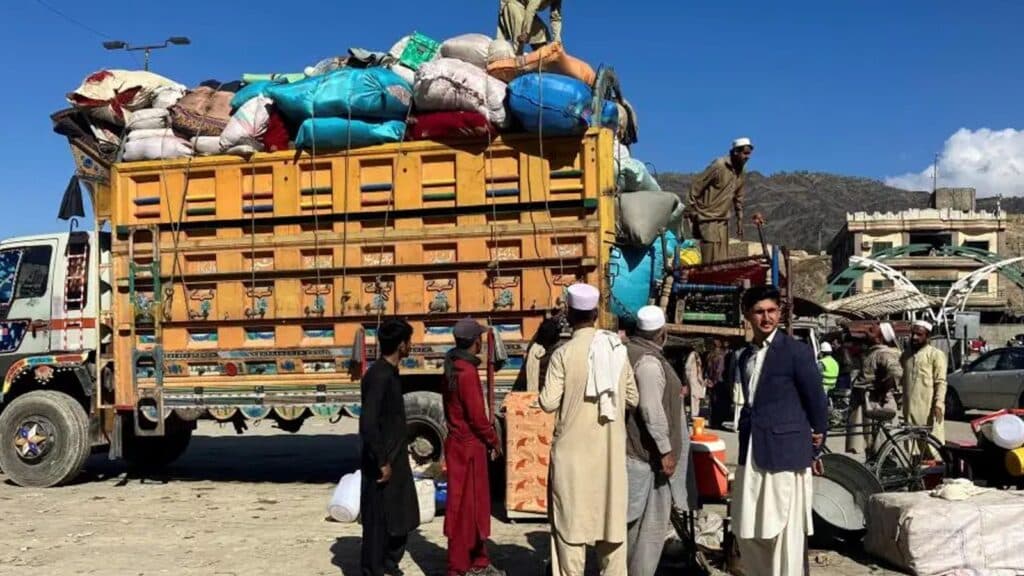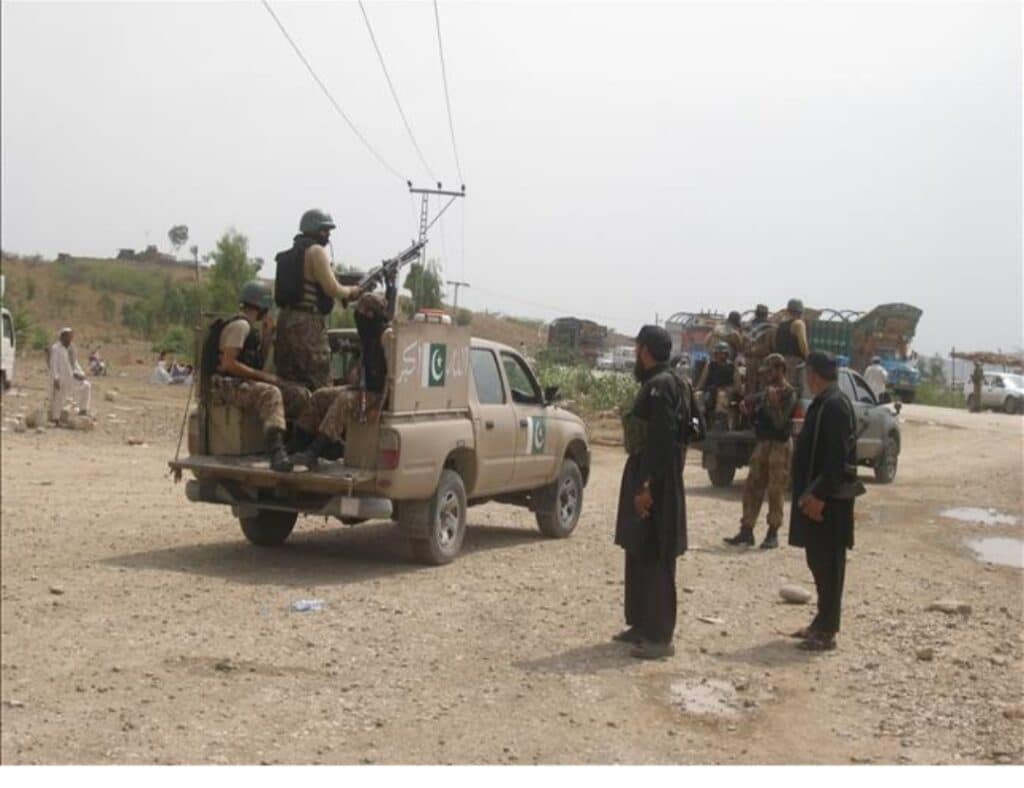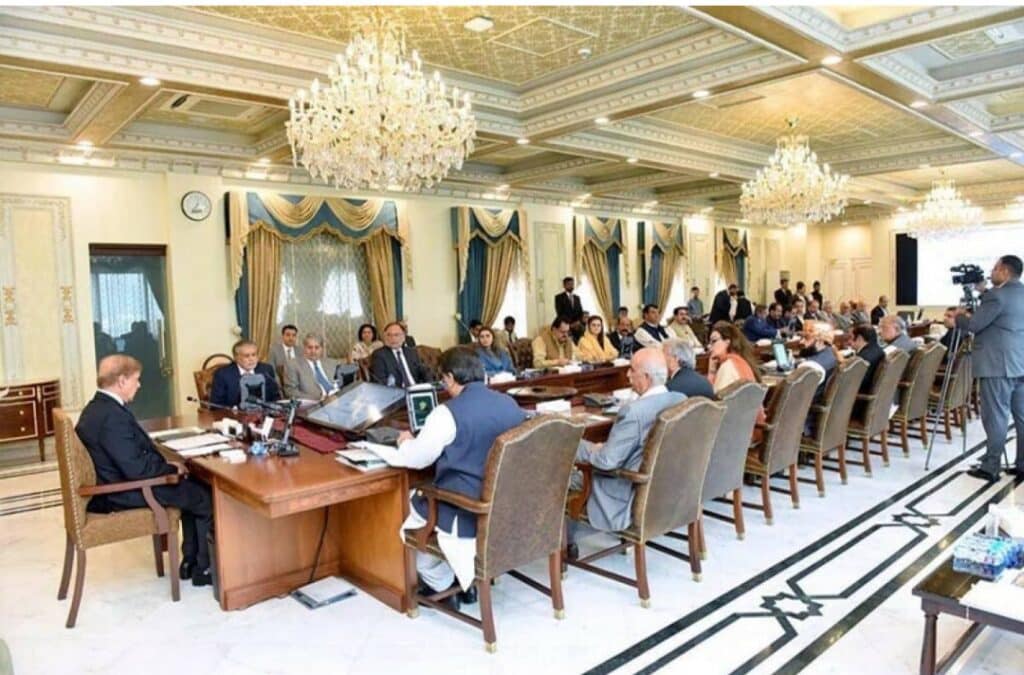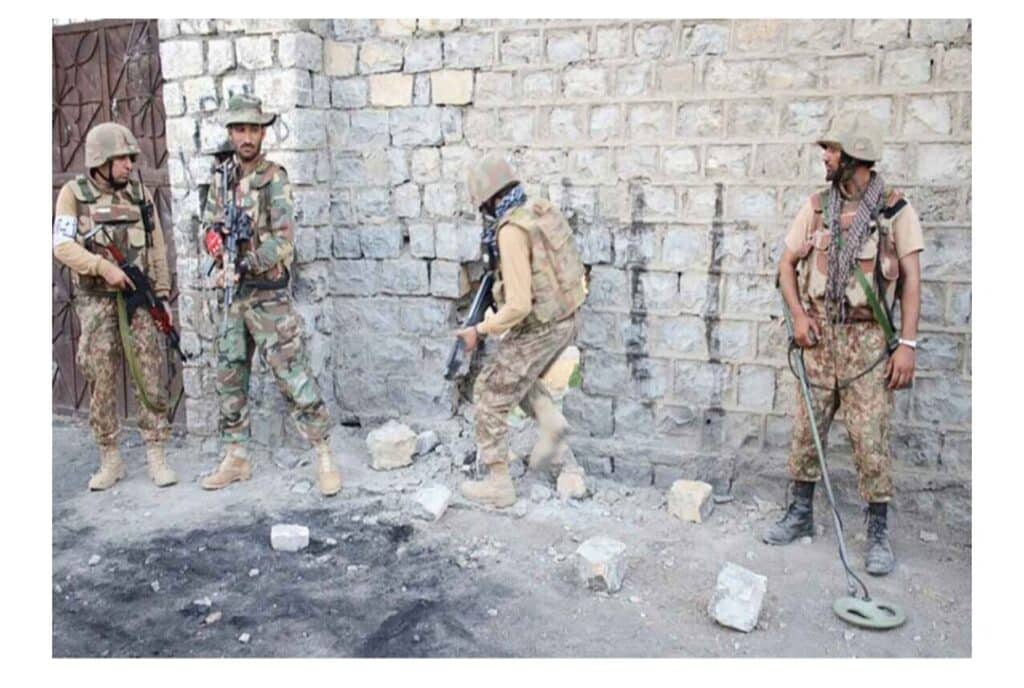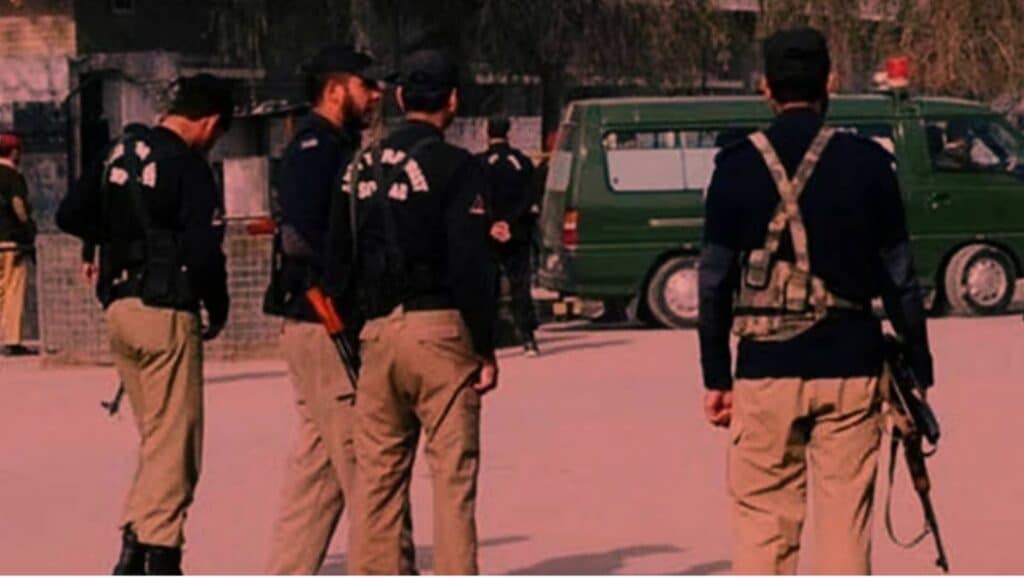Despite bold claims by the Taliban regime of economic revival and complete security, the ground reality in Afghanistan paints a starkly different picture. Reports from international observers and independent agencies contradict the regime’s assertions, highlighting a deteriorating economic environment and a climate of fear driving thousands of Afghans to flee the country.
While the Taliban boast of a so-called 30% economic growth and “100% security,” the exodus of Afghan citizens—many risking their lives to cross borders—tells another story. The job market remains paralyzed, inflation continues to surge, and foreign investment is largely absent due to the regime’s lack of legitimacy and oppressive policies.
Claims that crime, terrorism, and corruption have been eliminated are also viewed with deep skepticism. Reports of extrajudicial killings forced disappearances, and the suppression of dissent continue to emerge from various provinces, contradicting the Taliban’s narrative of peace.
Women and girls remain the most affected under the Taliban rule, with strict bans on education, employment, and freedom of movement. In rural areas, basic services such as healthcare and schooling are in disarray, and international aid organizations face restrictions, further worsening the humanitarian crisis.
Far from being a land of stability and progress, Afghanistan under the Taliban is witnessing a silent crisis, with its own citizens rejecting state propaganda and seeking safety and dignity beyond its borders.

